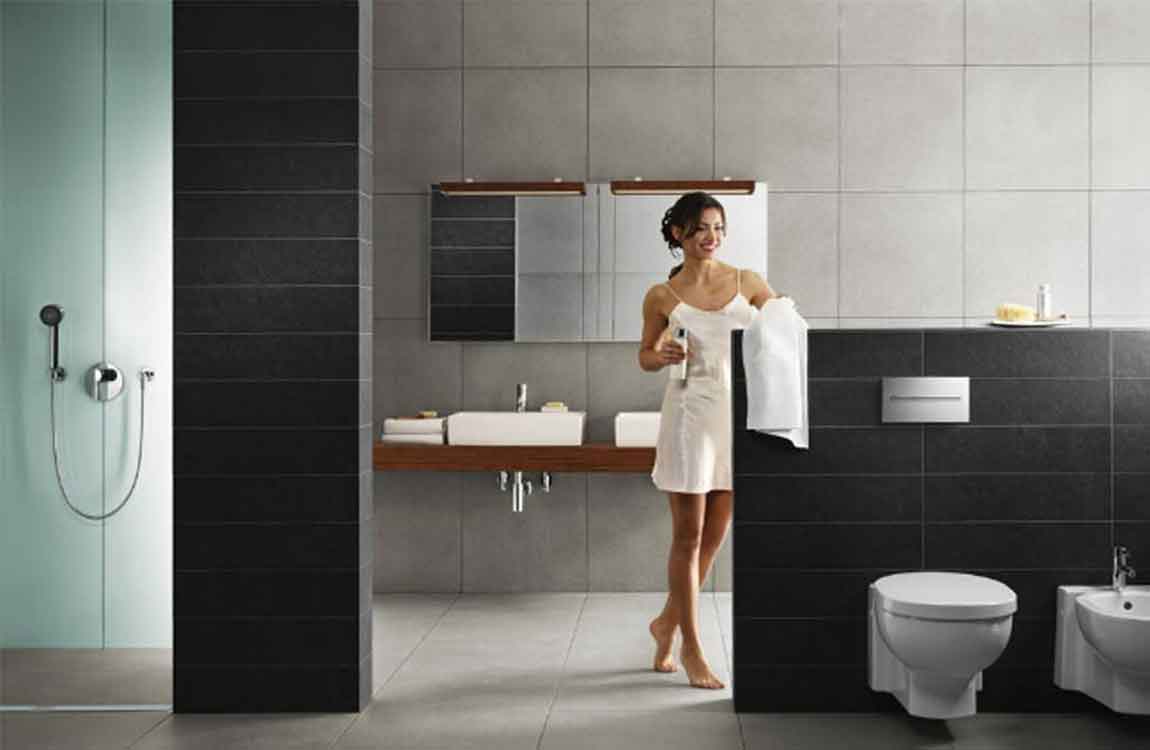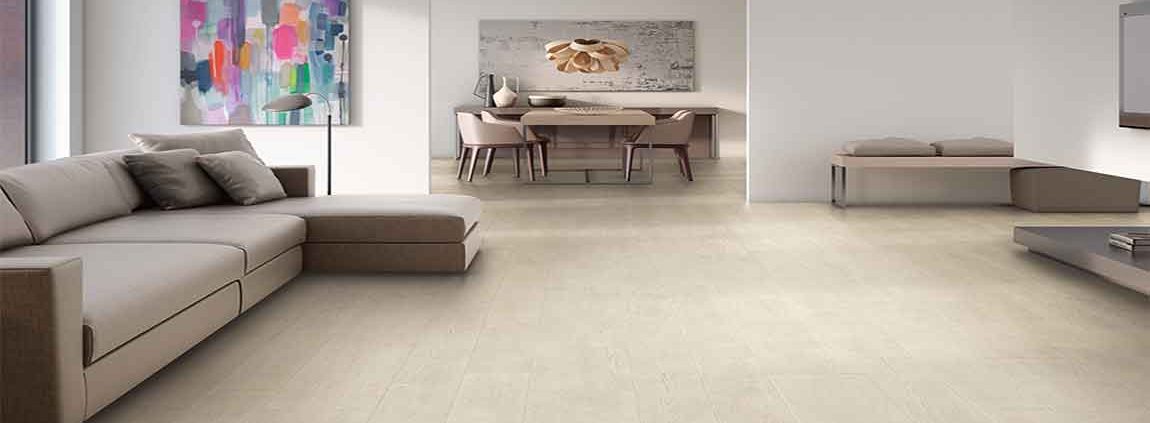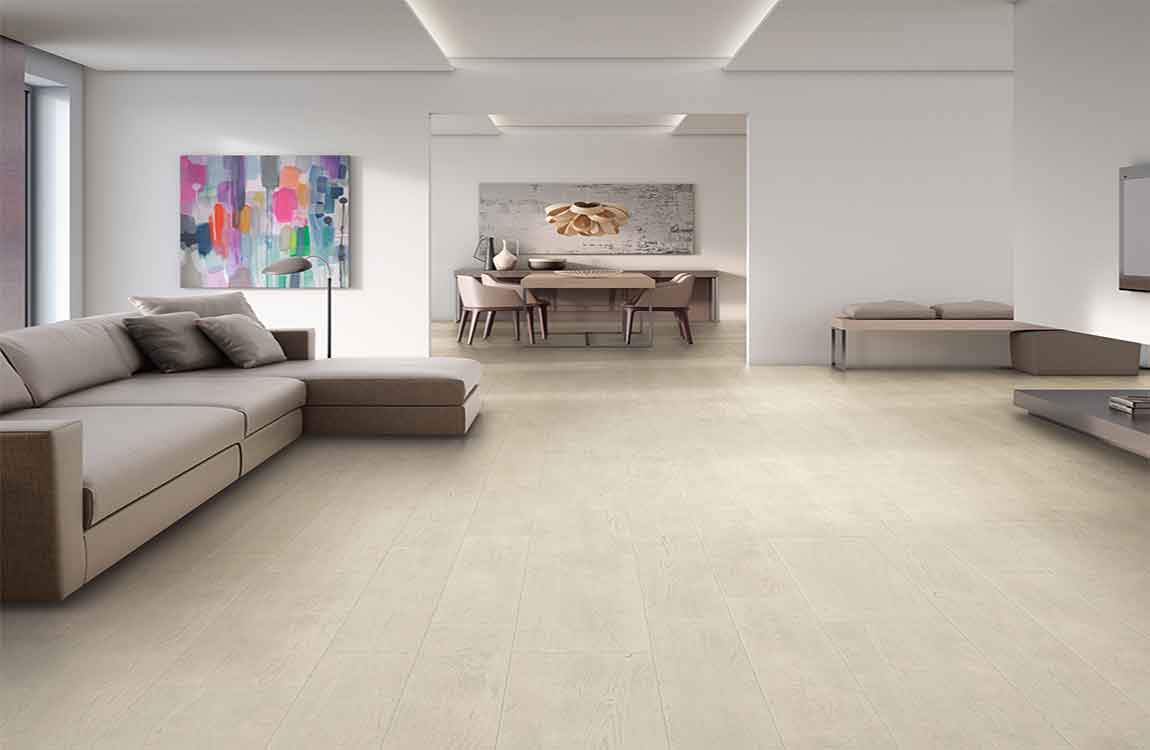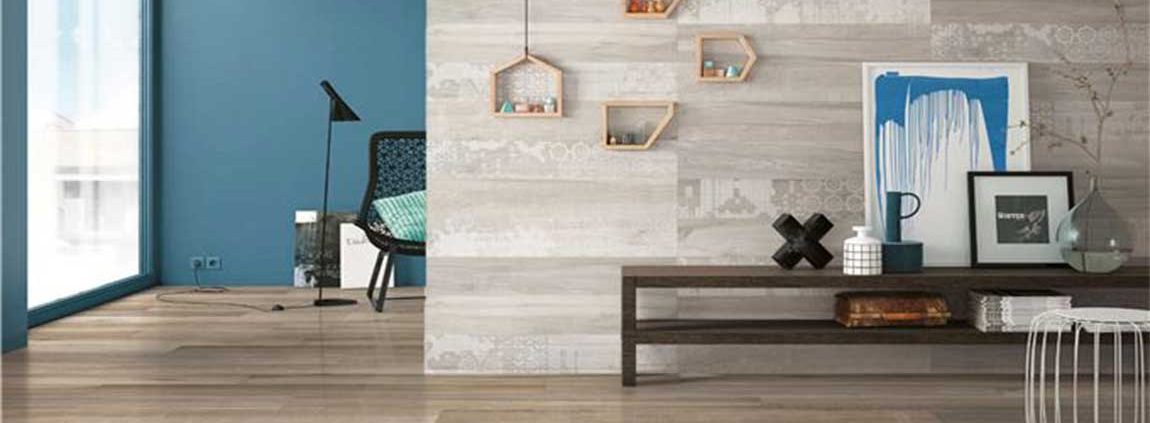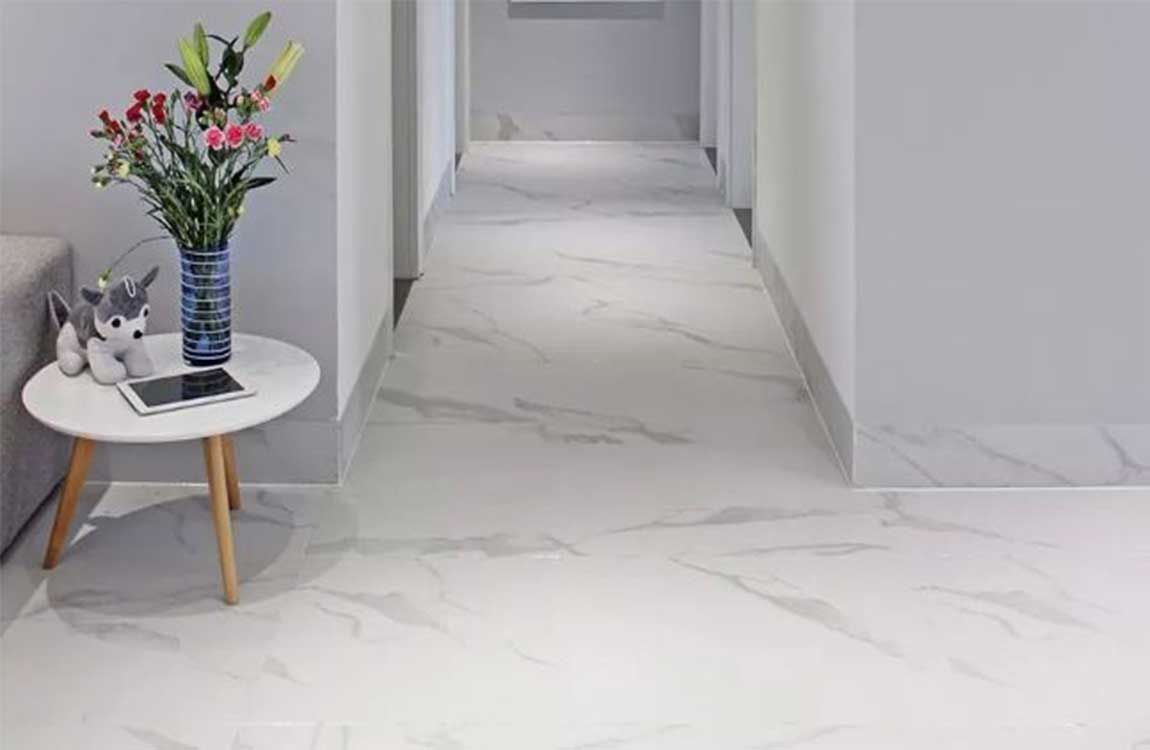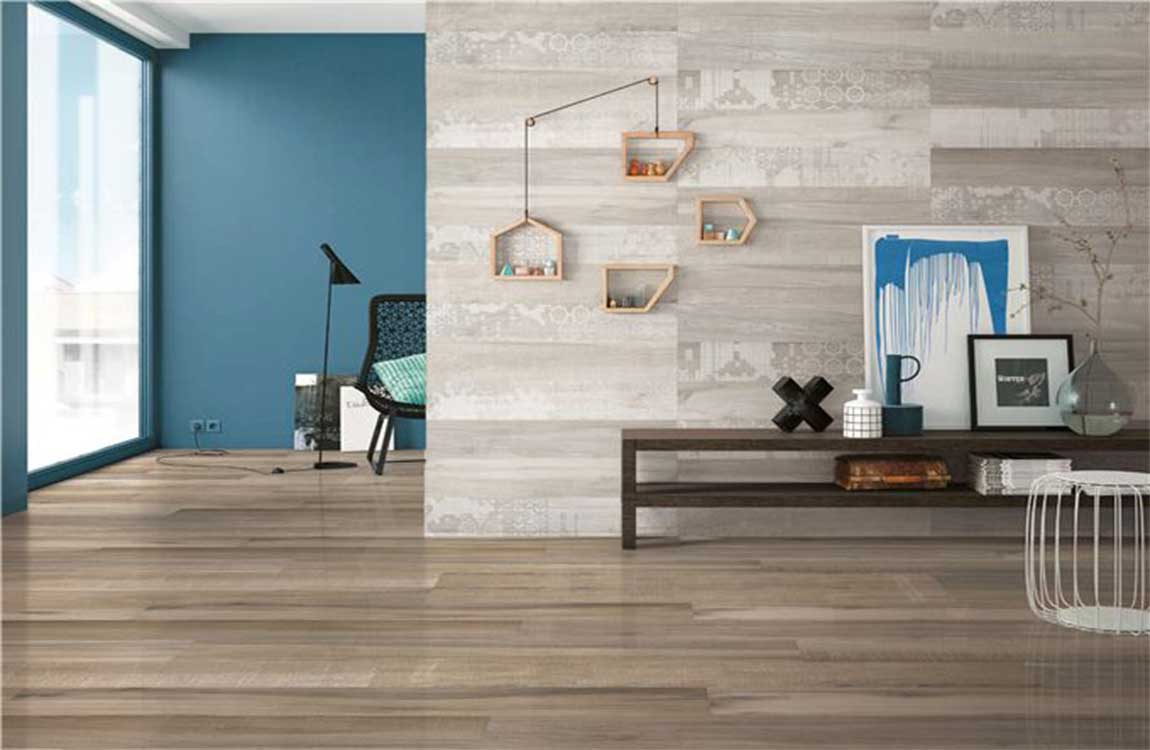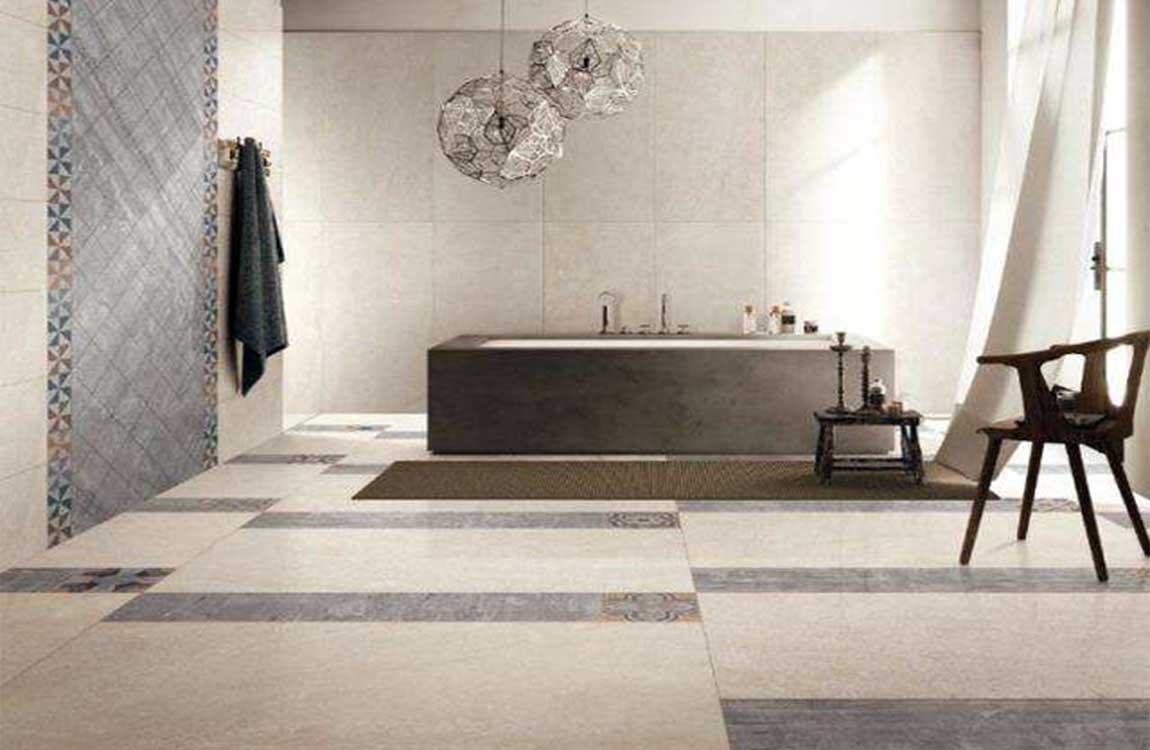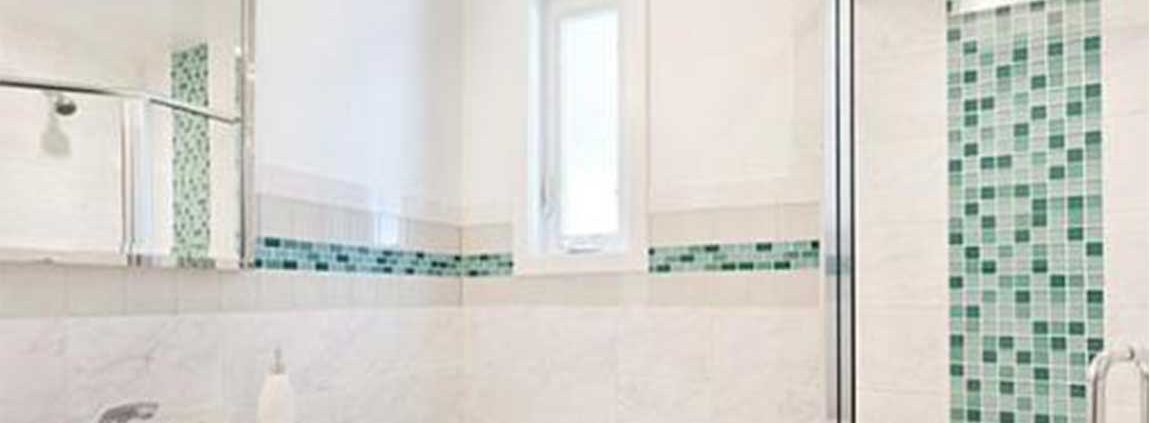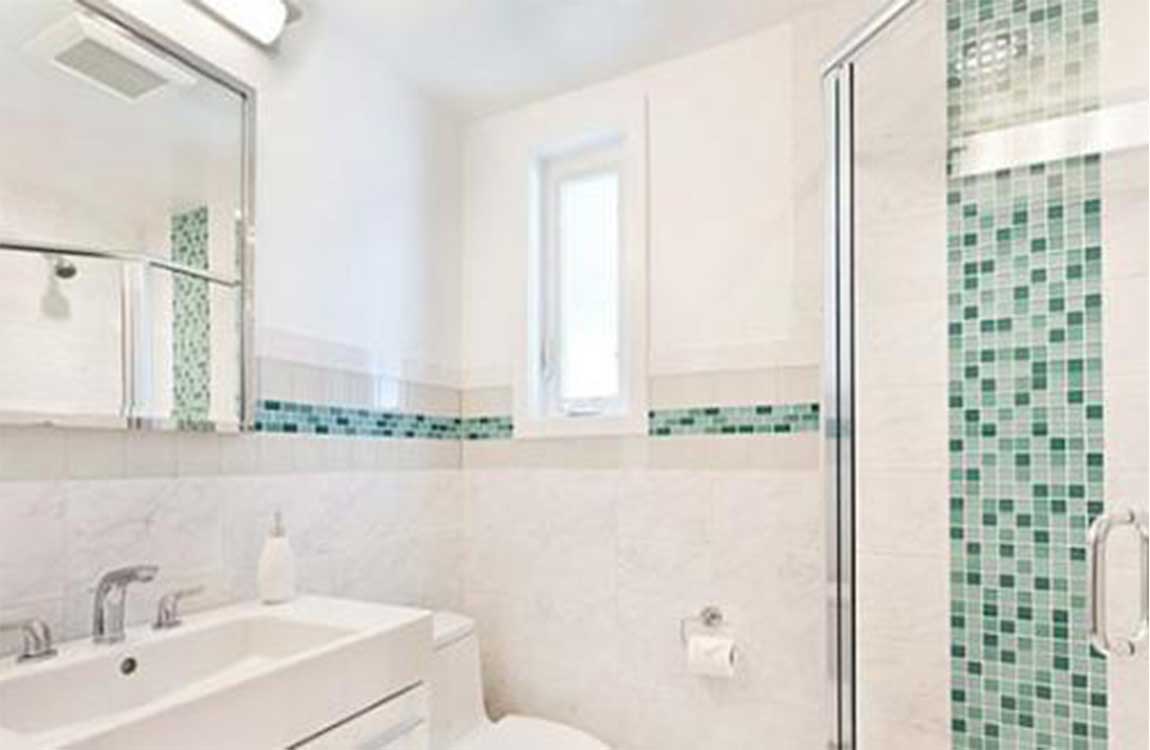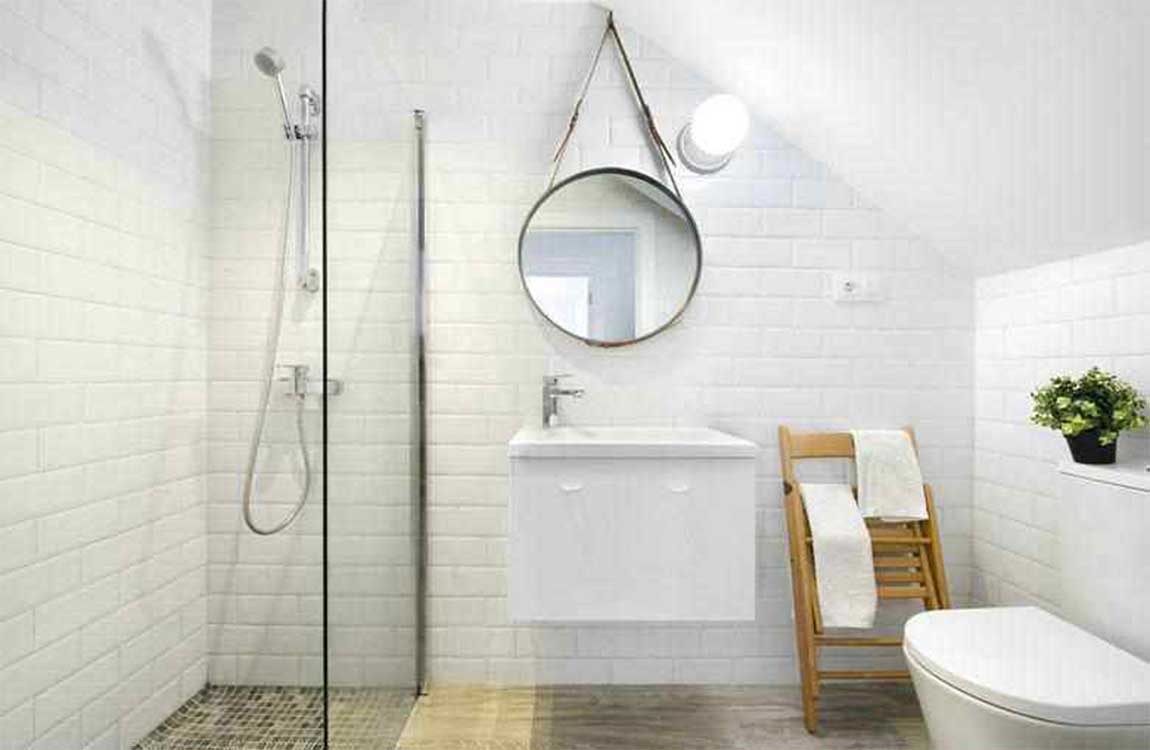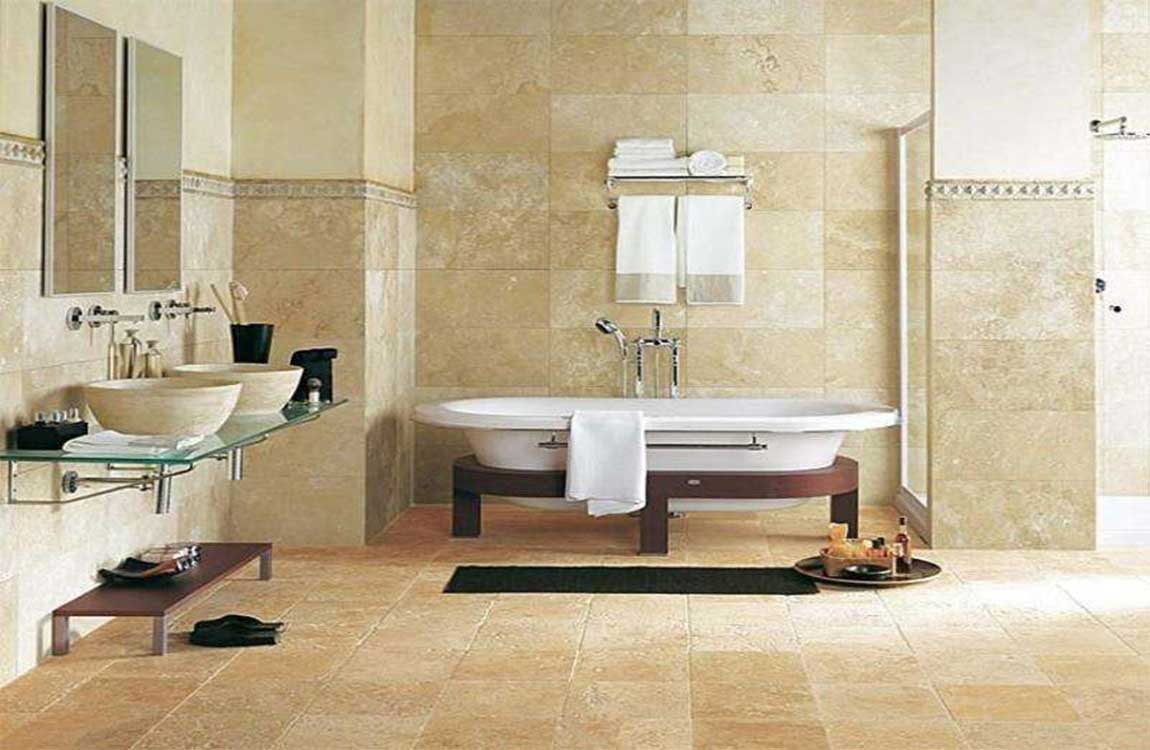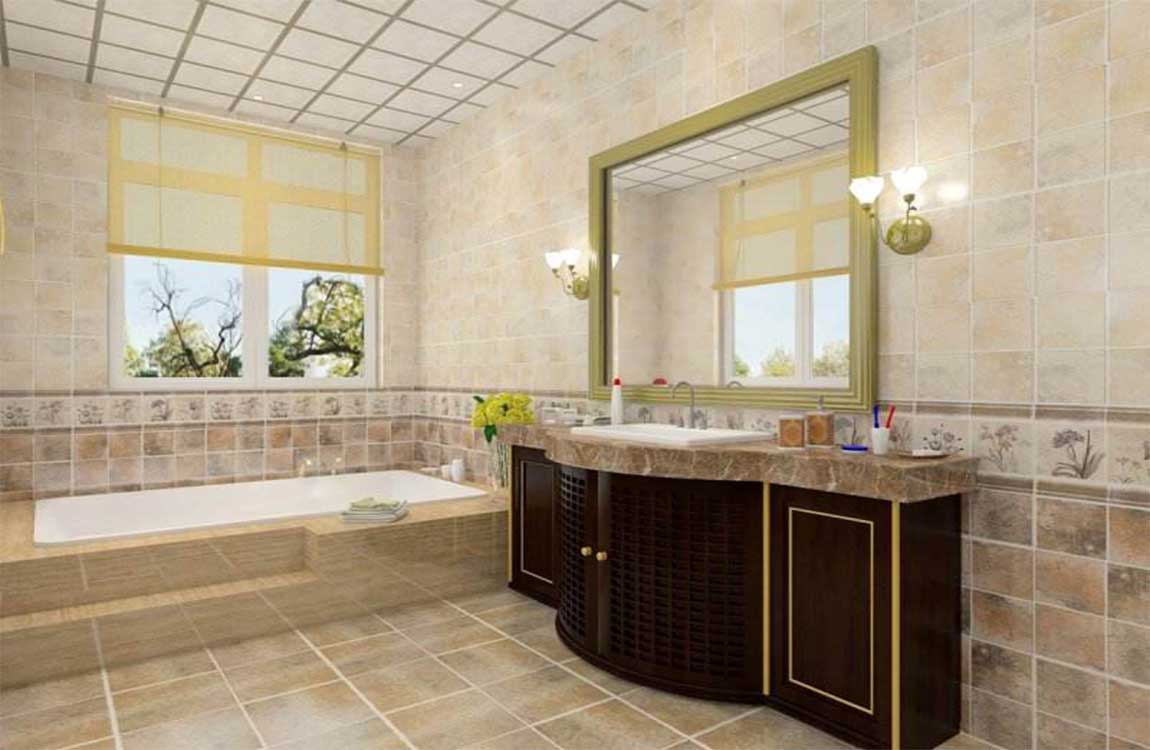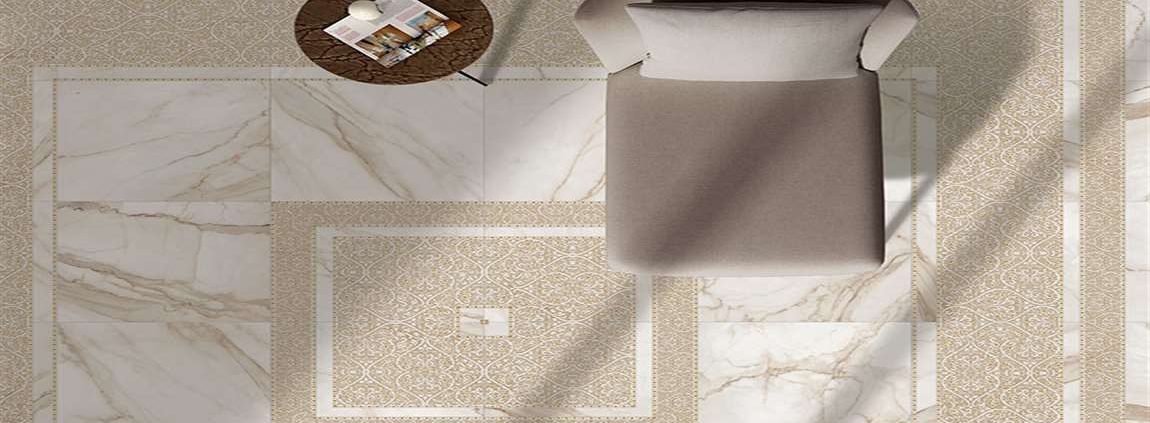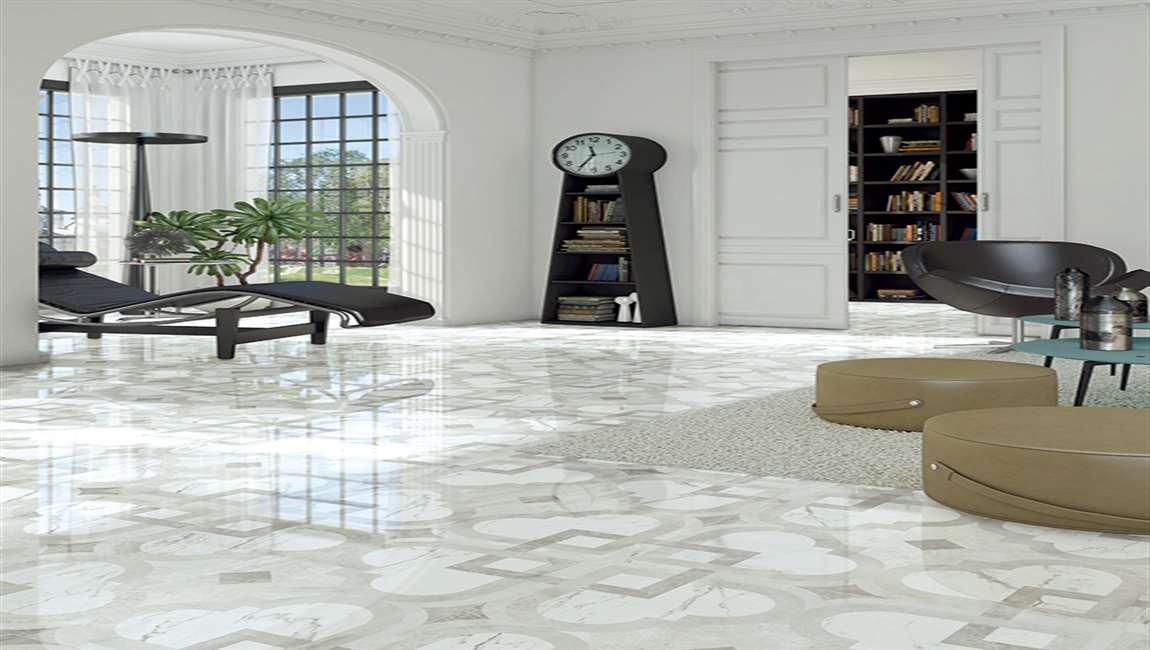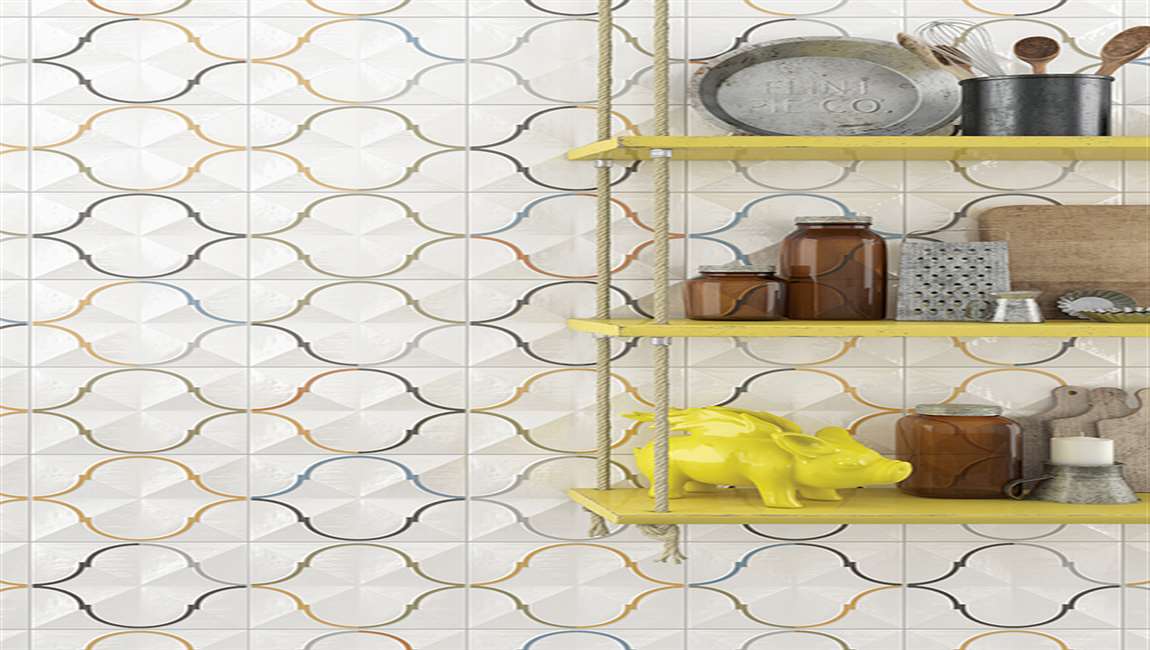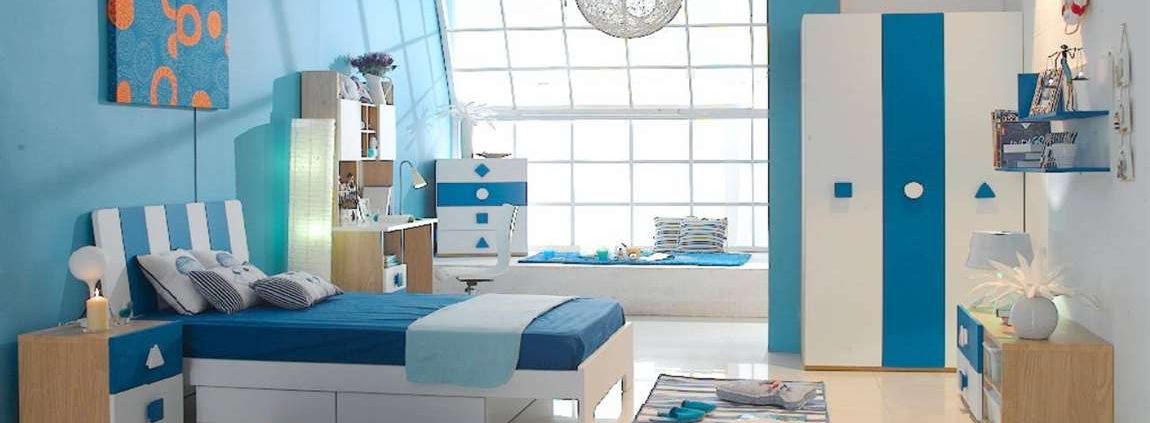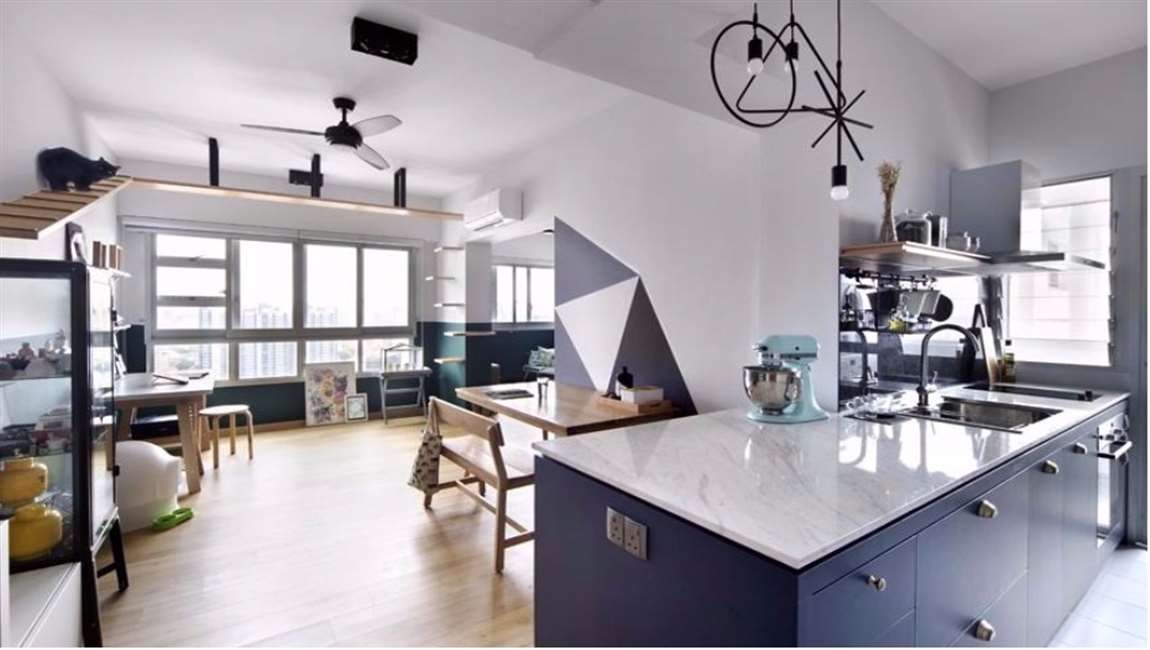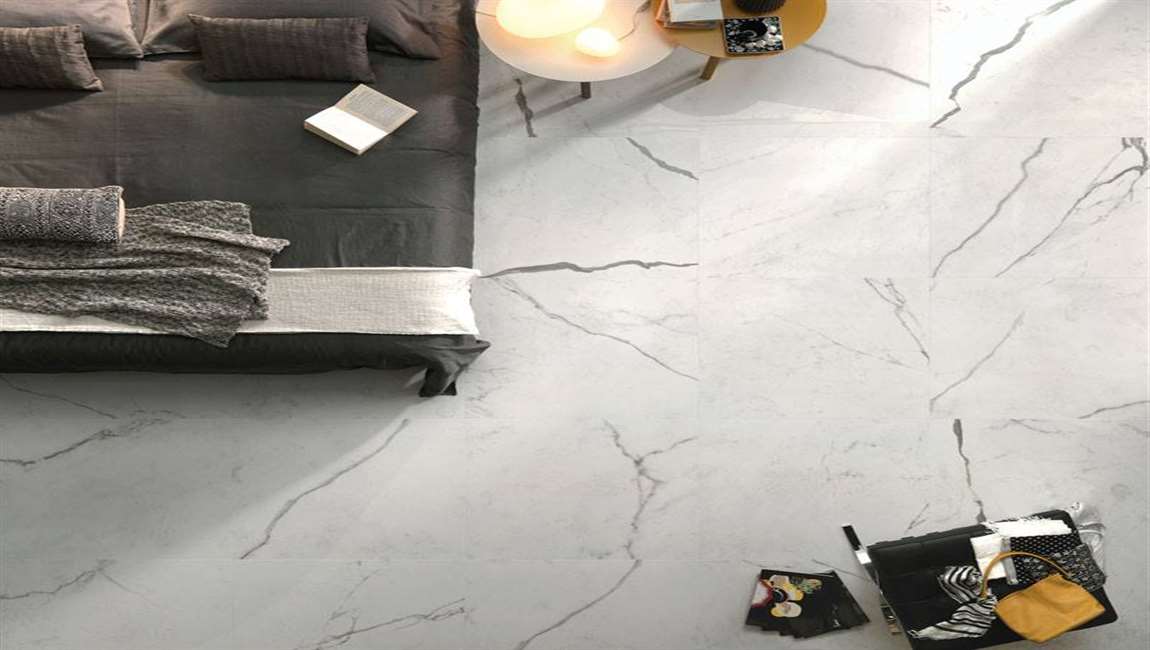How Selecting the Right Wood?
Select a type of wood. Different species are of different levels of durability. In general, the harder the wood, the more durable the flooring is. That’s why you should look for harder species if you want your floors to last for years to come. It’s not uncommon for wood to change color over time. Although the changes are normally subtle, it’s worth keeping this in mind when deciding on a color for your flooring.
Choose plank size. There are plenty of available sizes, but it’s important to keep in mind both cost and design. Generally, the wider the planks are, the more expensive the flooring is. However, wider planks tend to make a room appear more luxurious. Take into account that seams get more pronounced with time.
If you think this could hurt the appearance of your home, consider investing in wider planks. Since they’re bigger, they automatically have fewer seams. Select a grain pattern. Plain-sawn wood is ideal for traditional interiors, with lines joining to form peaks known as cathedrals.
Rift-swan wood has straight lines that are fairly subtle, which makes it capable of fitting into any decor. Quarter-swan wood also has straight lines, but they’re much more eye-catching, which makes for excellent flooring choice for modern and rustic styles. Distressing is a finishing technique you can use to make the pattern on your flooring more prominent.
Work from one side of the other, pinning the panels with 1⁄4 in (0.64 cm) galvanized siding nails placed in their pre-cut nailing slots. When you get to the end of the wall, start with the next row, allowing the new panels to overlap the first ones by 1 in (2.5 cm). Since distressing gives the wood a worn look, it’s normally used in vintage and rustic interiors.












